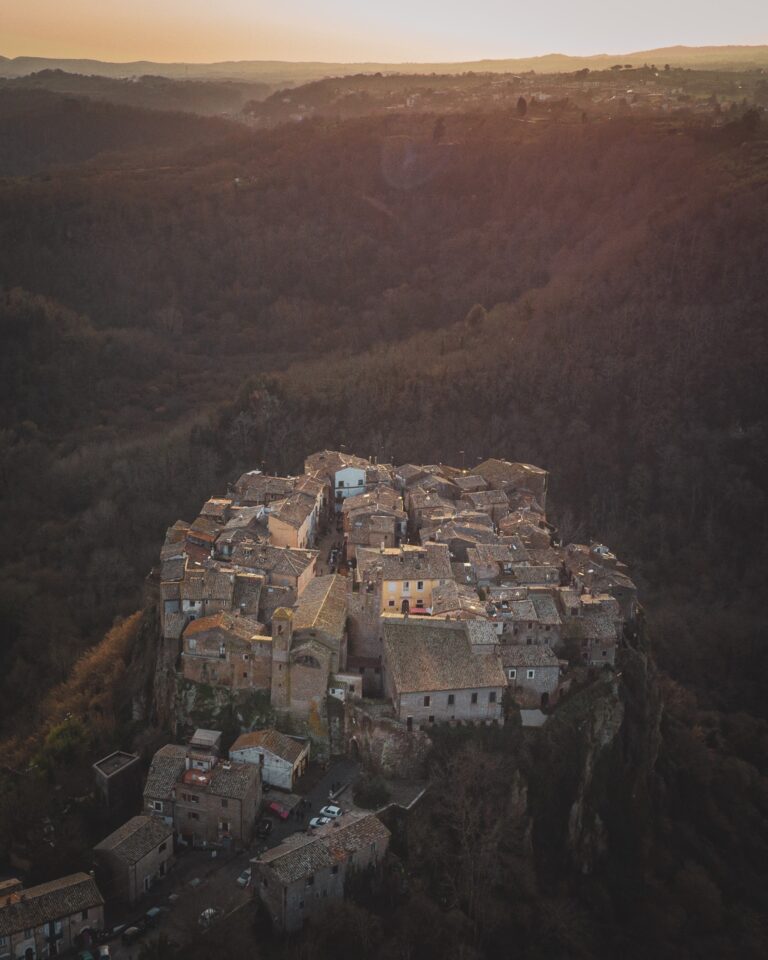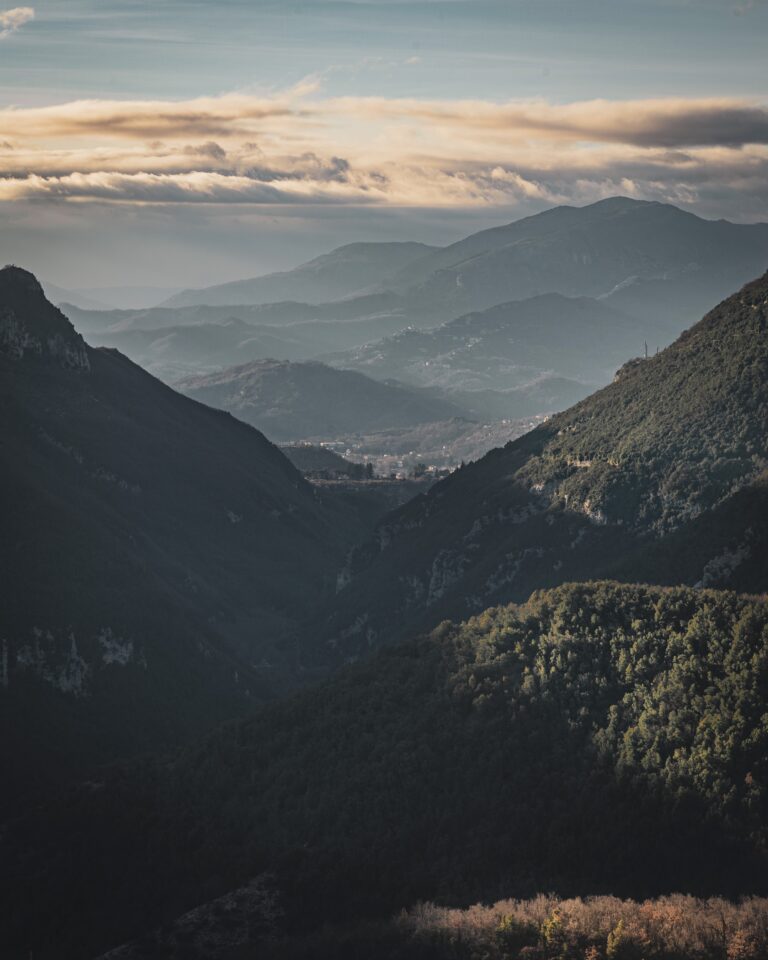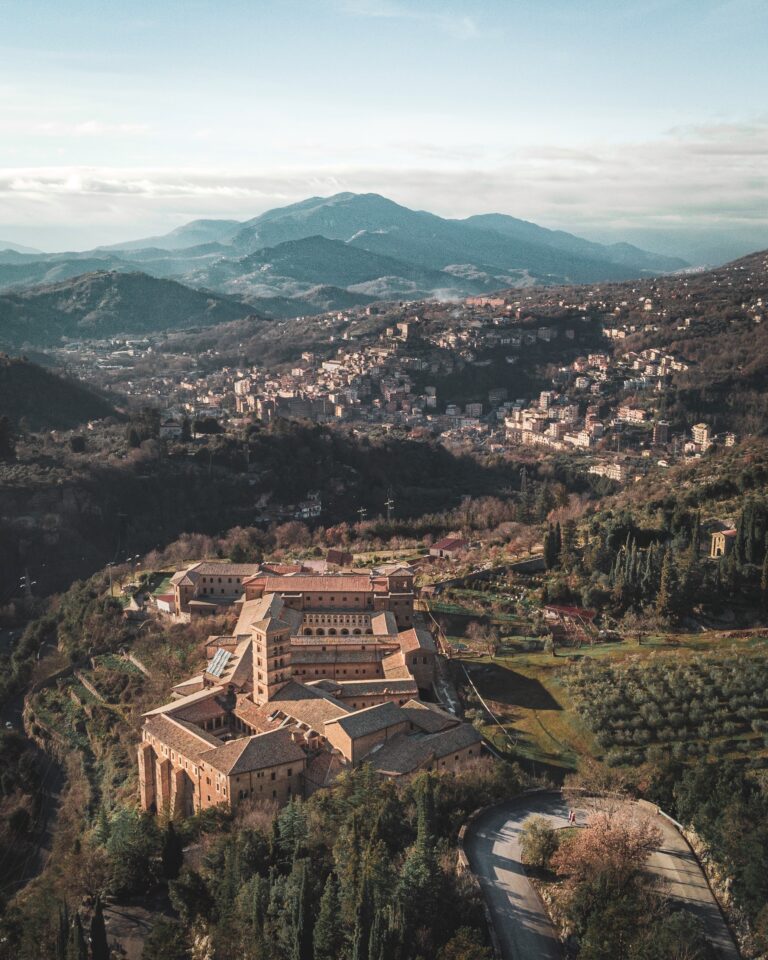Are you asking yourself ‘what does a neutral density filter or ND filter do’ and you want to enlarge your photography skills? Then by the end of this article you will not only understand the purpose of a neutral density filter (or ND filter), but you will also understand the different types of ND filters to decide which one to pick.
A neutral density filter or ND filter is a filter that reduce the amount of light entering in your lens, while not changing (in theory) the hue of the colors. In this way, as a photographer, you are enabled to select a combination of aperture, ISO or shutter speed, which, without a filter, would result in an overexposed picture.
What does a neutral density or ND filter actually do?
Let’s get straight to the point: the neutral density filter reduces the amount of light passing through, darkening your scene. As a consequence, what a neutral density filter allows you to do is the following:
- Blurring water motion (e.g. when you photograph waterfalls, rivers, sea, etc.)
- Shallow depth of field in bright light condition (e.g. in daylight with no shadows)
- Setting slower shutter speed to enable longer exposure captures
- Blurring moving subjects in your frame (e.g. people, cars, planes)
- Reducing the visibility of moving objects (when shutter is open for long enough)
Let me show some visual examples of what I mean with it.
Blurring water motion
Instead of capturing an ordinary photo of the sea where the motion of the waves is frozen, an ND filter will allow you to obtain this blurring silky effect on the water as shown in the picture below. You will get this when you allow the shutter to be open for a long enough time, let’s say at least 0.5 seconds depending on the situation and on how quick the water moves.
The same principle holds for waterfall photography. I wrote here a full article on the topic, including tips and tricks on the composition.
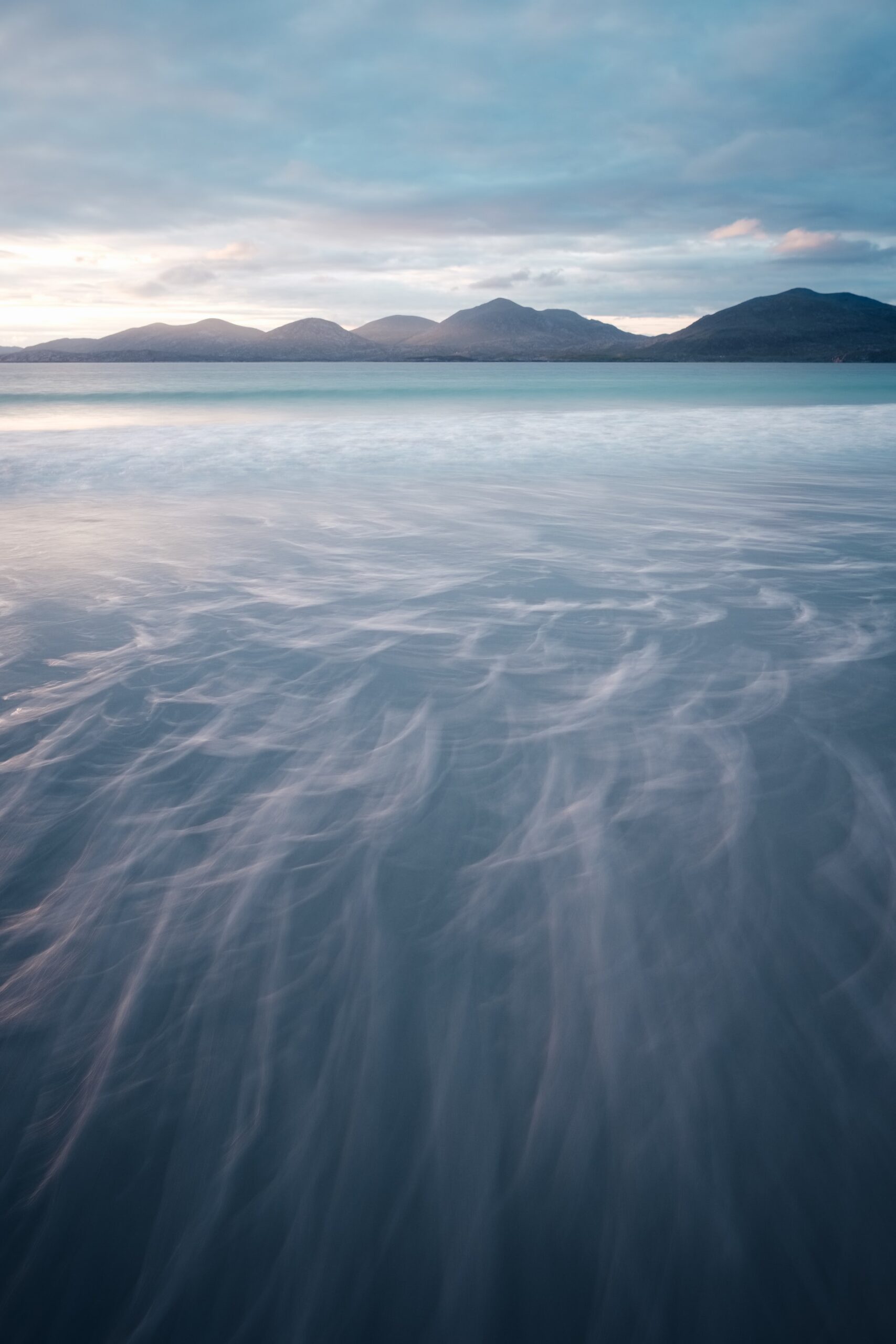
Blurring moving subjects in daylight
Another interesting composition you can obtain with a neutral density filter is by blurring moving objects during daylight. In the picture below, the cars’ lights are creating those nice long tails, while the rest is nice and sharp. Do not forget to bring with you your tripod of course, considering the long shutter speed.
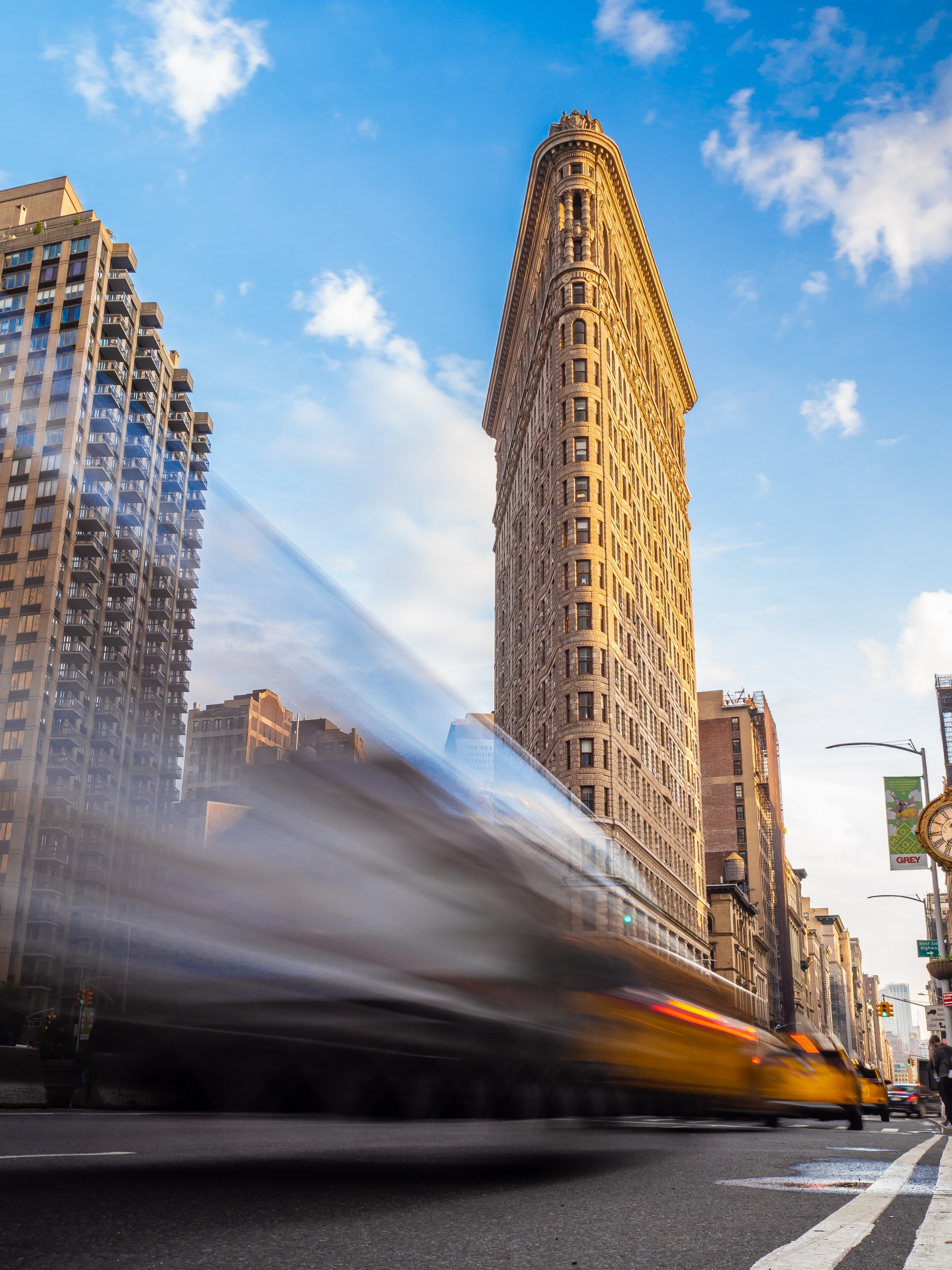
Reducing the visibility of moving objects
The longer your shutter is open and the faster your object is moving, the less visible the object will be. A good example is the following photo. As you can see, the 2 moving ducks in the foreground (circled in orange) are almost invisible. By keeping the shutter speed even longer opened, I could have obtained a complete clean foreground. Try to believe.
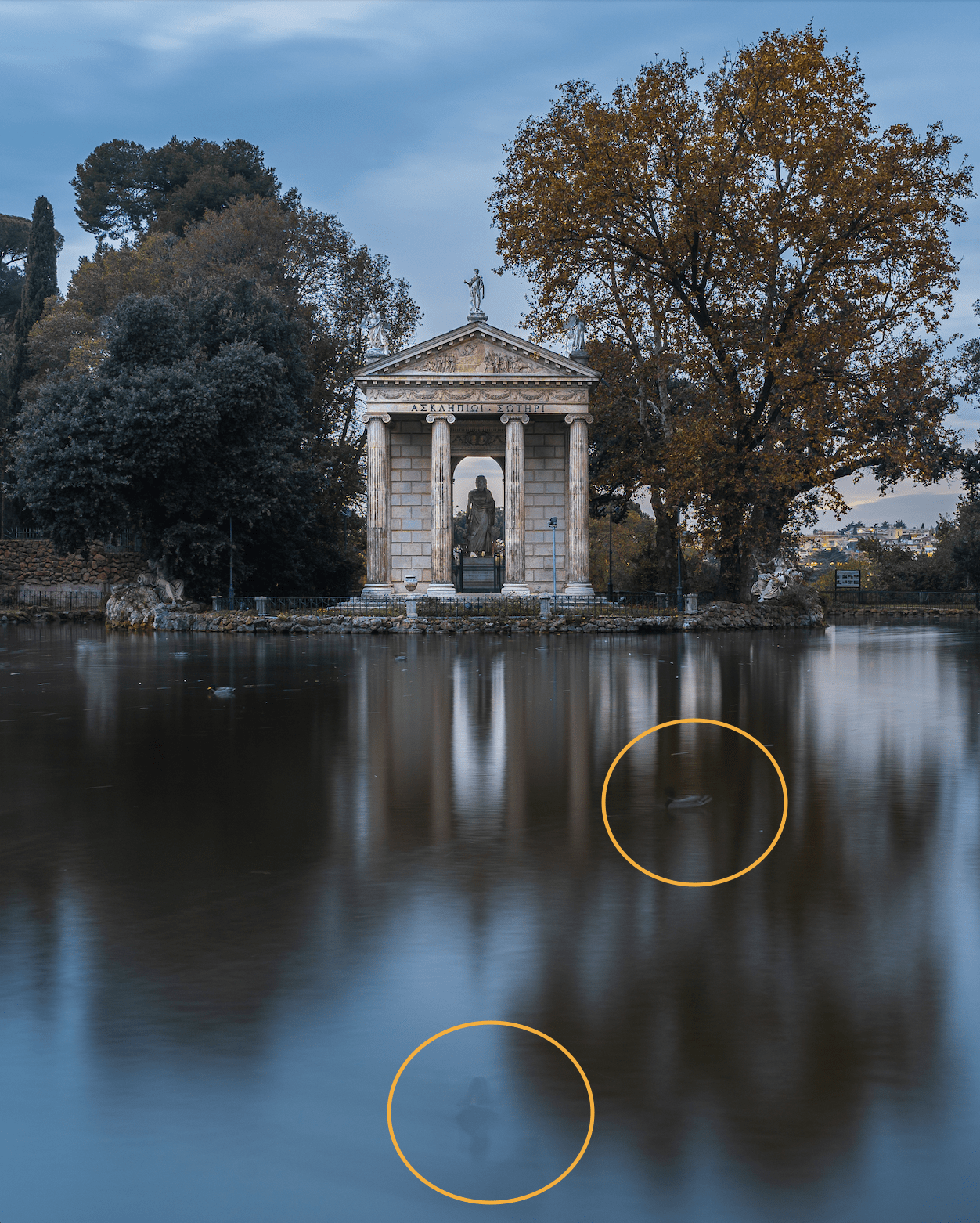
Types of neutral density filter
When it comes to neutral density filter types, you typically have 2 major categories:
- Fixed ND filter
- Variable ND filter
Fixed neutral density filters
Fixed ND filters are essential one single piece of glass which is uniformly coated across the whole frame of the filter. By having this, typically the results are very predictable since there are no moving parts. Therefore, there is no color shifting (or at least minimal, depending on the quality of the material and manufacturing process) and no vignetting (still depending on quality of course).
On the other hand, fixed ND filters are typically more expensive and less portable. This is due to the fact that you might want to have different options of “darkness”, resulting in different ND factors numbers or optical density numbers. So you will need to carry essentially more filters with you.
Variable neutral density filters
A variable ND filter is a filter in which you can adjust the density of the filter and therefor the amount of light. Essentially, it is two polarizers fixed together to make one screw-on filter. Typically, you twist a ring outside your filter, and it will adjust the stops of light (normally between 2 and up to 10 stops). Having the option to choose among several ND factor numbers, makes this filter very portable and easy to use.
On the other hand, variable ND filter suffer typically of variable color shifting. Moreover, some vignetting effect is also normally visible, particularly at the extremes of the stops.
Fixed vs Variable neutral density filters
Choosing to buy a fixed rather than a variable neutral density filters really depends on your needs, experience and budget. In the table below, the main aspects for each ND filter type are summarized.
| Aspect | Fixed ND filter | Variable ND filter |
|---|---|---|
| Result predictability | ✅ Very predictable. No vignetting. Usually higher quality results. | Not predictable due to color shifting and vignetting effect. Generally lower quality results. |
| Cost | More filters to buy = more expensive | ✅ One single filter to buy = cheaper |
| Portability | Multiple filters to carry around | ✅ Only one filter to carry around |
| Easy of use | More filters to put on and on. More time-consuming when trying different options. | ✅ Easy to use: just rotating the filter to adjust the amount of light. |
ND filter chart
ND filters are characterized by different level of darkness. In photography, these are called stops and they can either halve or double the amount of light that is goes through the filter into the lens. That means that a 1 stop ND filter is stopping the light to 50%, a 2 stop ND filter is stopping the light to 50%x50%=25% and so on.
The ND filter chart below depicts the new exposure times with applying different stop ND filters. The light stops is a number that you will typically find on every filter.
| Exposure time (in seconds) | light stops of ND filter | New exposure time (in seconds) |
|---|---|---|
| 1 | 1 | 2 |
| 1 | 2 | 4 |
| 1 | 3 | 8 |
| 1 | 4 | 16 |
| 1 | 5 | 32 |
| 1 | 6 | 64 |
| 1 | 7 | 128 |
| 1 | 8 | 256 |
| 1 | 9 | 512 |
| 1 | 10 | 1024 |
From the numbers in the ND filter chart, we can conclude that ND stops are going to block light in an exponential manner. Therefor, a variable filter of 10 stops for instance, will give you a huge range of exposure times that you play with for your perfect composition.
Related posts
- How to photograph waterfalls in 3 simple steps
In this article, you will learn how to photograph waterfalls with your camera by following 3 simple steps. Among landscape photography, waterfalls are one of the most stunning natural elements... - The 10 best places to visit in Rome as a photographer
Rome is with no doubts one of the most beautiful cities of the world. In fact, I will never get tired of getting lost in its narrow streets and still...








